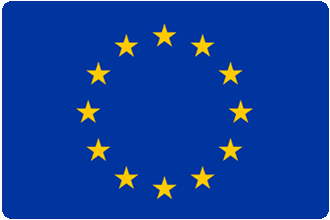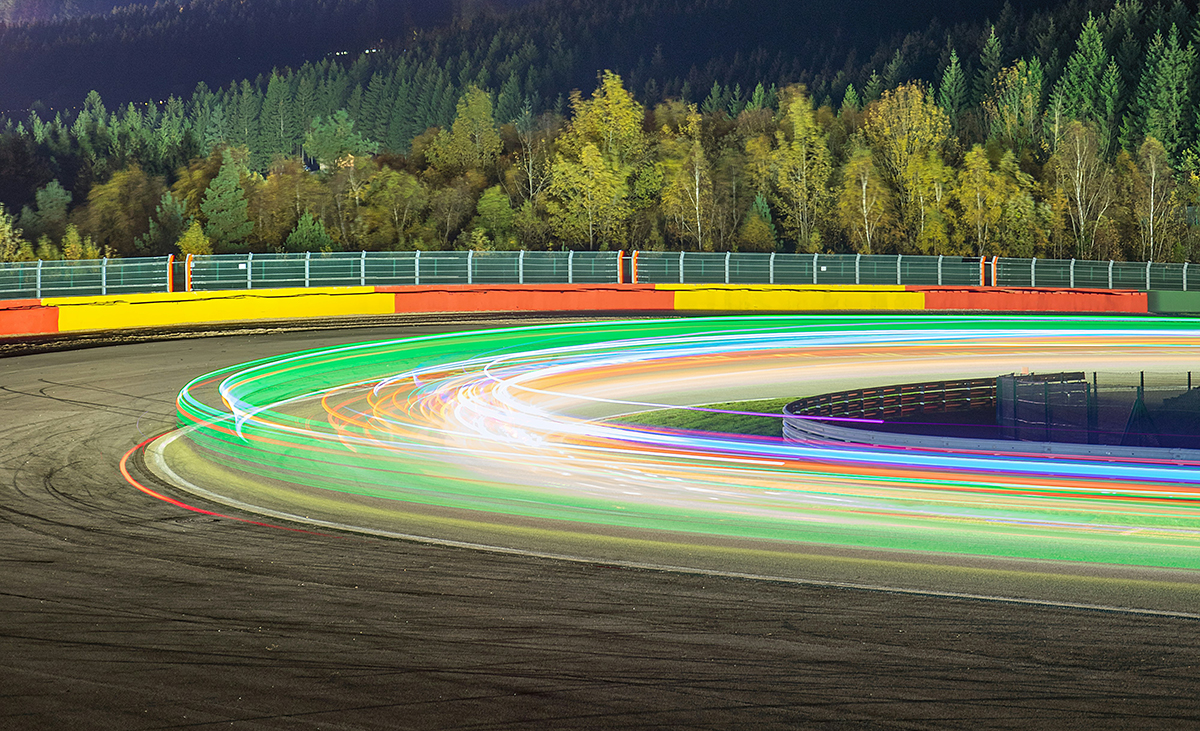Formula 1 is the ultimate test bed for engineering excellence – a place where innovation is not just encouraged but demanded. Optical technology is one of the most transformative tools out there. From tracking airflow across carbon fibre wings to analysing tyre temperatures through thermal lenses, optical systems are now used in almost every part of making and racing cars. These technologies don’t just observe, they reveal hidden truths about motion, heat, stress and form.
These days, with Formula 1 moving towards a hybrid model, efficiency, reliability and aerodynamic harmony are super important. Optical solutions are key to helping teams progress, both in the garage and on the track.
Precision Measurement and Chassis Optimisation
Laser Alignment and Optical Metrology
In Formula 1, tiny differences in size can make a big difference to how long it takes to drive a lap and how long the tyres last. This is why optical metrology is so important in setting up the car. Teams use laser alignment systems and high-resolution camera-based rigs to make very precise adjustments to suspension geometry. These tools adjust the camber, toe, caster and steering angles right away. This makes sure that the car’s aerodynamics and mechanics are exactly right.
The accuracy of laser-guided alignment systems means that engineers can rely on the same settings each time and can be sure that any changes in performance are easy to spot. Calibrating the cameras makes sure that everything is accurate, even when there is a lot of pressure.
Ride Height and Aero Balance
Sensors on the car’s floor and suspension arms constantly check the ride height and rake angle when the car is in motion. This data is very important. The height of the car affects how air flows under it. This, in turn, affects how well the car sticks to the road and how much downforce is created.
If it’s a few millimetres too high, the car might lose grip. If it’s too low, it could bottom out. Using optical tracking, engineers can make this fine balance even better — getting the best of both worlds, with both aerodynamic efficiency and stability.
Thermal Imaging and Temperature Control
Infrared Thermography in Tyre Management
To keep the grip, stop the tyres from wearing out too quickly and get the best lap times, teams use infrared thermography to check tyre surface temperatures as they happen. These IR cameras, which often have germanium optics for high-quality infrared transmission, provide detailed thermal maps of the tyre’s tread and sidewall.
With this information, race engineers can tweak the camber angles, pressures and heating strategies to match the compound in use, the conditions and the track layout. It’s not just data; it’s predictive insight into how the tyres will behave over a stint.
Monitoring Brakes and Power Units
Aside from tyres, thermal imaging is vital for tracking heat flow through the car’s most stressed systems. The carbon-carbon brakes, which have to work between 400°C and 1000°C, are monitored to stop them glazing over, fading or cracking. Even small differences in temperature can cause major inconsistencies in the braking performance when there’s pressure involved.
Aerodynamic Validation and Wind Tunnel Correlation
Optical Flow Visualisation
Aerodynamics are the most important thing that affects how well Formula 1 cars perform and technology that can see is central to checking how air flows. In the wind tunnel, teams use a special machine called a laser-based Particle Image Velocimetry (PIV) to see how the seeds move around the car model.
This technique, combined with Schlieren imaging for detecting changes in air density, provides a highly detailed picture of flow separation, turbulence and wake structures.
On-Track Validation
Wind tunnel data must ultimately survive the scrutiny of on-track conditions. Here, optical paint flow visualisation — such as flow-vis paint — is used to physically illustrate airflow patterns on the car body during live testing.
When coupled with high-speed optical cameras, engineers can freeze and analyse airflow behaviour across dynamic conditions, such as cornering or DRS deployment.
Vision Systems and Driver Monitoring
High-Speed Camera Integration
Formula 1 cars are equipped with a network of high-speed optical cameras. These provide critical visual data from the driver’s perspective and around the car. These cameras allow engineers to analyse driver inputs, racing lines and overtaking manoeuvres.
They are synchronised with telemetry for comprehensive performance review. Beyond race footage, these systems support strategy refinement, incident analysis and even contribute to real-time broadcast enhancements.
Eye-Tracking and Driver Focus Tools
In simulator environments, eye-tracking technology is used to monitor driver focus, reaction time and scanning patterns during laps. Optical sensors within the helmet or simulator rig capture micro-movements of the eyes, offering insights into cognitive workload and situational awareness.
This data is crucial for fine-tuning driver training and informing cockpit layout or display improvements that reduce mental fatigue during races.
Safety Engineering and Crash Analysis
Optical Sensors for Impact Analysis
During high-impact events, onboard optical systems capture structural deformation at thousands of frames per second, allowing forensic-level insight into how forces are distributed through the chassis and safety cell. Engineers use this data to enhance crash structures, energy dissipation mechanisms, and seat positioning, translating real-world crashes into improved survivability.
Optical evidence is now the driving force behind safety innovation, while still preserving the spirit of competition.
Final Thoughts
Formula 1 is evolving into a technologically symbiotic sport, balancing mechanical ingenuity with data-driven precision. Optical technology is now one of its most indispensable tools. These systems provide invaluable insights, ranging from visualising turbulent airflow in a wind tunnel to mapping the surface temperature of a tyre at full throttle.
If you’d like to find out more, contact our team or call us at 01223 420329 or email our sales team at info@uqgoptics.com.




